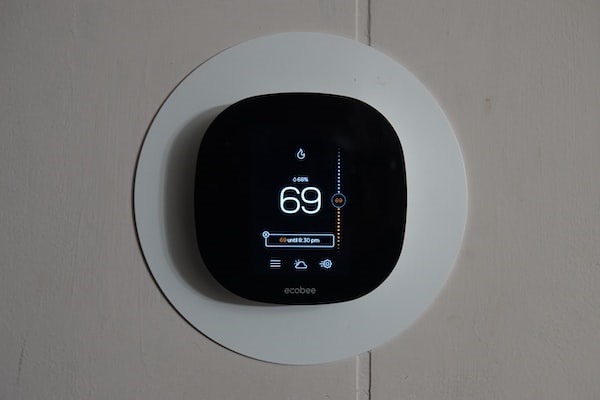In today’s modern world, air conditioning has become a necessity rather than a luxury. As the temperature rises, we rely on our air conditioners to keep us comfortable both at home and in the workplace. However, many homeowners neglect the importance of regular maintenance for their air conditioning systems, leading to performance issues and even system failure. The best way to ensure your air conditioner remains functional is to learn about how components like the system’s compressor work. Fortunately, there are resources that can teach you everything you need to know. If you want to learn more, keep reading to find out how your air conditioner’s compressor works.
How does your air conditioner’s compressor work?
The central air compressor compresses refrigerant gas and sends it through a series of tubes, valves, and coils that form the evaporator coil. This is what ultimately cools down your home’s indoor temperature. Heat is drawn in from inside your home, passes through the evaporator coils where it is cooled, and then circulated back out as cold air. This requires the use of a refrigerant that absorbs heat when it changes state from liquid to gas. In order for the cooling process to take place, a compressor must be used to pressurize the refrigerant so that it can change states effectively.
There are several common problems that can occur with a home AC unit’s compressor. The most common issues include insufficient cooling power due to low levels of refrigerant or oil, overheating due to blocked airflow within the condenser coils, or faulty wiring causing electrical shorts. Other issues such as broken fan blades or worn-out motor bearings may also be present. When you suspect that something may be wrong with any part of your HVAC system, the best thing you can do is to call a qualified technician so that they can diagnose and repair the issue.
If you want your system to remain operational, you will need to be proactive about regular maintenance. That means having your HVAC unit inspected annually by an HVAC professional and changing your air filters at least once every 90 days, though many homeowners change theirs on a monthly basis to ensure peak performance. The lifespan of the average HVAC system is between 10 and 15 years.
What else can you do to maintain your preferred indoor temperature?
Now that you know more about how your air conditioner works, let’s discuss some things you can do to support your HVAC system and maintain your preferred indoor temperature. For example, installing a smart thermostat will give you more precise control over your air conditioner. Not only does it save you money on your energy bill, but it can conserve energy and make your home more comfortable. Smart thermostats are able to do this by learning your habits and adjusting the temperature accordingly. They can even lower your home’s overall carbon footprint.
If you want your home to be comfortable, it needs to be well-ventilated. This is a key factor in creating a comfortable living space as it ensures that air is able to flow freely throughout the space. Proper ventilation is important not just for comfort, but also for health and safety. Good ventilation also filters out airborne pollutants, such as dust, smoke, and other allergens, and can reduce the risk of respiratory illnesses. It can even eliminate the excess moisture, which can lead to mold and mildew growth, as well as damage to furniture and other items in the home.
As you can see, the compressor is an integral component of an air conditioner, as it is responsible for compressing and transferring refrigerant throughout the system. Without a functioning compressor, the air conditioner will not be able to cool the air in the home. Therefore, it is crucial to make sure that the compressor is well maintained in order for your HVAC system to provide optimal performance. You can further improve your indoor environment by taking steps like installing a smart thermostat and improving ventilation. Follow these tips and you’ll be able to create a cozy atmosphere where your family loves to spend time.


